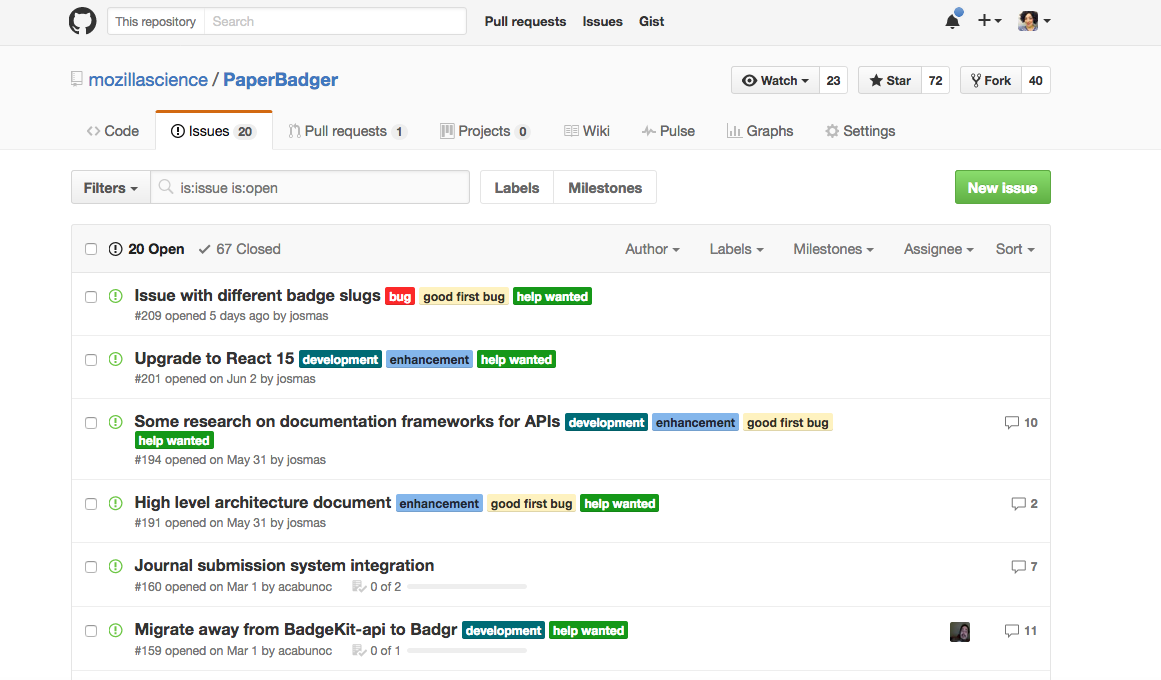3.2 Getting to Know GitHub
There's lots to know about GitHub-- it has terrific project management features, a social platform, and communication tools that are useful for any project where a group of people are working together on the same set of documents.
Because GitHub is online, it’s designed to share your work, and allows other people to “fork” your project-- meaning they can create an independent copy of your work to test, modify, remix and reuse it. That’s exactly what you’ll do to make a website for your group-- you’ll fork the Study Group Repo and to make a copy in your own space on GitHub (detailed instructions are below, in the Assignment section).
Before we go any further, we need to talk for a moment about Git. As mentioned above, Git is the command line software that powers GitHub and actually handles the version control work. When you use GitHub, Git is working behind the scenes. You can also use Git without ever using GitHub, and many software engineers and research coders do. This is what Git looks like to a user:

But, for nearly all your initial collaboration needs-- and to set up your study group website-- you don’t won’t use the command line and Git directly. You’ll use the GitHub web interface (with Git running in the background). That interface looks a bit friendlier, like this:

Here’s a quick tour of the GitHub interface by Abby Cabunoc Mayes, Mozilla’s Developer Engagement Manager and open source/open research advocate.
Now that you’ve got a sense of what GitHub can do, and where things are in the interface, let’s get your Study Group Repository and website up and running!